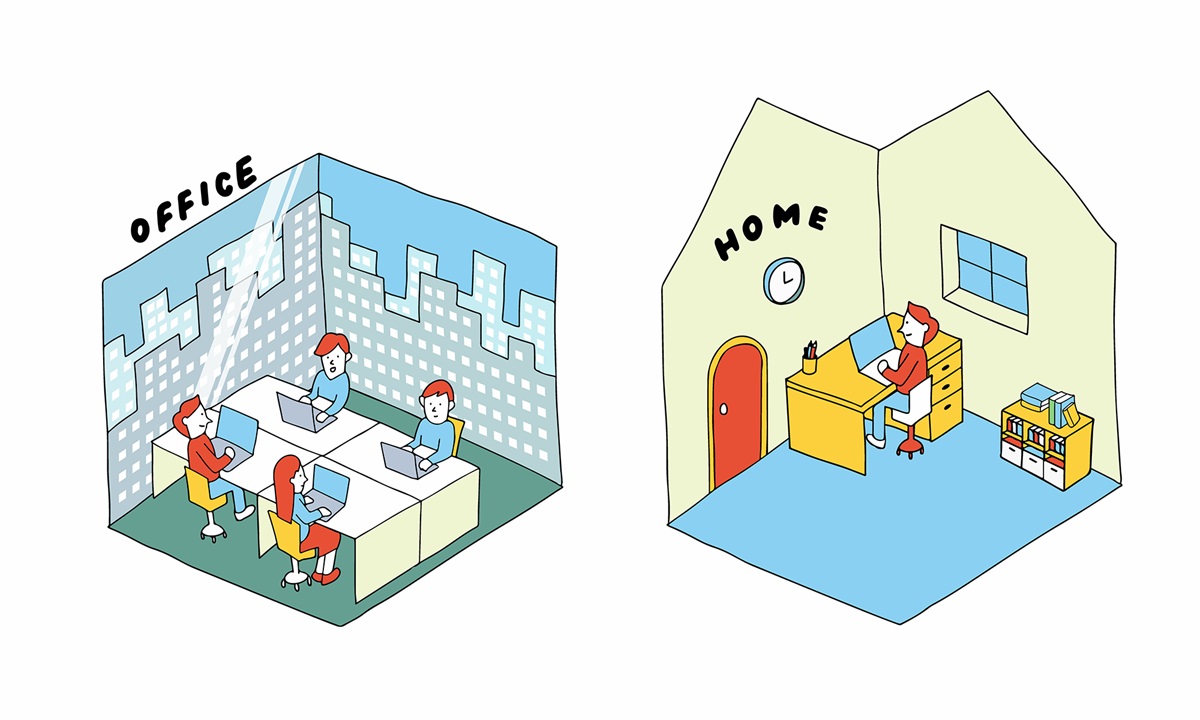Done right, a quick and fun game can do a lot for your remote team. When you spend your days alternating between meetings and solo work, having an opportunity to unwind and unplug can work wonders. However, done wrong, games can easily backfire. Here’s what you need to keep in mind when selecting a remote game for your team, and some examples of our tried-and-tested favorites.
First, you want to make sure that your game is addressing an actual issue within your team. According to a major 2023 survey, two of the biggest struggles for people working remotely are loneliness and the inability to unplug. Your game has to help people connect with one another, build a sense of community within your team, and disconnect from work. To do so, your game has to:
- Involve everyone
- Have nothing to do with work
- Not replace a normal break time
- Take place during regular working hours
- Happen synchronously via video, or ideally in a virtual workspace like ovice.
Emphasis on number 3: Don’t be the boss who gives their team a 5-minute break between presentations, but then uses that break to play a game! Regular break time already helps people disconnect from work. Filling that time with a game will only earn you groans.
Second, you want to make sure everyone can participate in the game without it becoming awkward or cringe. Games that involve sharing your biggest fears or most embarrassing stories are fun for some people, but can cause a lot of anxiety for the introverts on your team. If you’ve worked with everyone for years or are preparing some major executive retreat, then maybe you can do some of those deep connection games. If not, you’d better steer clear, and keep your games fun and light.
The same goes for very specific trivia games, and physical games. A five-minute yoga session can do wonders for your team, if and only if someone on your team knows how to guide the session. You’re not helping your team connect if a bunch of first-time yogis are watching a YouTube video together in silence—especially if you have members who, for whatever reason, are not physically capable of doing the yoga poses.
So to recap, before choosing a game, keep those two caveats in mind. Make sure you’re increasing human connection while allowing your team to disconnect from work. Then, make sure everyone is comfortable doing the game you recommend, based on the type of relationship your team members already have and what everyone is capable of doing.
Good to go? Alright, here are the games we tried and found to be the best for remote teams.
Table of Contents
1. The Ice Breaker Game (done right)
There’s a reason every team coach and leadership guru recommends some variation of an ice breaker game: it does a lot of things at once. Ice break games encourage people to speak out in front of a group, think creatively, share personality traits not normally shared in an office setting, and more.
However, there’s always a risk of cringe with icebreaker questions. You don’t want them to be too personal, or to lead to a conversation too deep for the few minutes of team building you have. You also want the questions to be relevant to everyone: for example, don’t ask, “What’s your favorite Halloween costume?” to a person from a culture that doesn’t celebrate Halloween.
An easy way to mitigate the risk of awkwardness is to introduce some randomness. There are plenty of random icebreaker question generators out there. The facilitator can simply press the button, gauge the reaction in the room, and if nobody asks to pass on the generated question, then you can go ahead with the game!
An alternative safe way to do the icebreaker game would be to prepare a list of questions in advance and have participants vote on which ones they want to answer—but that takes time. Best leave things to chance. That way, if you end up with a cringeworthy question, at least nobody’s to blame.
2. The Scavenger Hunt
This is another classic. When working remotely, it’s hard to conceptualize the physical space occupied by our other team members. We have our own home office, but everyone else lives in a sort of online void without detail or substance. Scavenger hunts help bring physicality to the online world by having participants rummage around their homes for interesting items. There’s also a storytelling element to the presentation round. Here’s how the game works.
- Choose a theme. Make sure it’s something everyone can relate to: your Gen Z team members probably don’t have many postcards or CDs lying around. Here are some easy examples:
- Your favorite gift
- The snacks you have lying around
- Something you own but never use
- The oldest thing you own
- Your most recent purchase
- Your favorite source of entertainment
- The most inspiring thing you own
- The most interesting thing you can see from your desk
- Give everyone a set amount of time, 30 seconds to a minute is usually enough, to go fetch that item.
- Have a round of presentations, where everyone shows their item and explains why they picked it.
That’s it! No need to make it competitive or add some elaborate scoring system. Just old-fashioned show and tell.
3. Gartic Phone (Pictionary, but better)
You’ve probably played Pictionary, where one person draws, the other person guesses, and that’s that. There are plenty of websites that offer a version of pictionary, and if that’s what you’re into, you should go for it.
The one caveat some people have with pictionary is that the players who draw the best tend to win. Team members who are bad at drawing or don’t have much artistic sense might cringe at the idea of a drawing game.
Introducing: Gartic Phone. This game is a mix of Pictionary and the telephone game. Each player receives a prompt to draw. Then, they pass it on to the next player, who has to guess what the person drew. On to the next player, who draws something new based on the previous player’s guess, and so on until the original player gets their prompt back. At the end, there’s a presentation round, where players get to see how far the final drawing strayed from the original prompt.
The advantage over Pictionary is that the worse you draw, the further you stray from the original prompt, and the funnier the presentation phase becomes! This game is ideal for teams of 4 to 8 people. An alternative for smaller teams would be Skribblio.
4. Geoguessr
The premise is simple: The game drops you in a random location on Google maps, and you have to figure out where in the world you are. The most precise guess wins. You can play co-op and try to figure out where you are all together, or competitively.
This game is especially fun if you’re part of an international team! It’s an opportunity to share travel and cultural experiences. Make sure you involve everyone, and give people time to explain why they guessed a specific place.
This game is ideal for smaller teams of 3 to 6 people.
5. Something in Common
This is another icebreaker game, ideal for teams of 4-5 people. In a set amount of time, the group has to come up with as many common traits as possible. These can be anything from, “We all have pets” to “We’ve all eaten at least once at the In-N-Out Burger in San Francisco.”
To make the game more challenging and encourage more discussion, it can be helpful to set a few limitations on very obvious commonalities. For example, you can choose to ignore physical similarities (we all wear glasses!), food preferences (we all love coffee!), and work-related topics (we all work for Bob!). And obviously, make sure to keep your common traits workplace-friendly.
To encourage some friendly competition, you can also split large teams into groups of 4-5 and see who can come up with the most commonalities.
***
Those are our recommendations, but there are plenty more out there! You can even use online board game websites with hundreds of options, like Board Game Arena. Whatever you end up choosing, just remember why you’re playing games during work time. The ultimate goal is to foster connections and teamwork, while unplugging from regular work.


